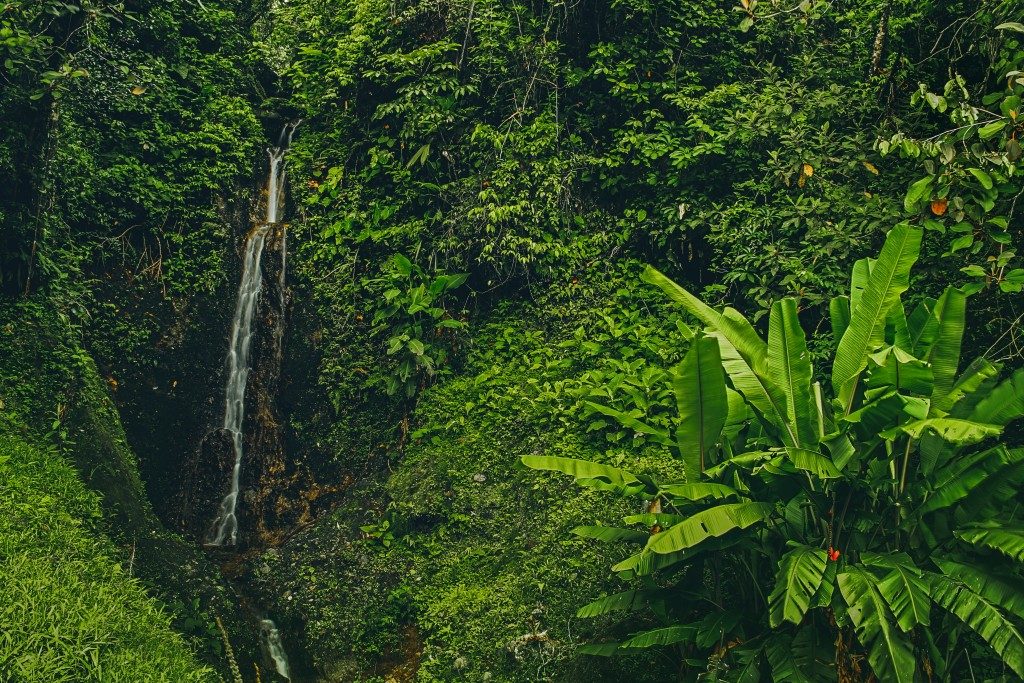Trees are both beautiful and useful. We love to see trees in the landscape, and many people care for trees on their property. However, perhaps because they grow passively and are considered a part of the scenery, there is a relative lack of awareness when it comes to the important factors in caring for trees.
Many people select trees for their appearance, ornamental, or fruit-bearing properties. Across the world, this has resulted in trees being cultivated away from their origins. In Salt Lake City, despite being situated by a desert, many non-native trees have been planted. You’ll find the likes of apple and cherry trees, which are beautiful and productive – but also require periodic tree spraying and maintenance.
Living organisms are adapted to their native environment, through years and across generations. Every tree species has its specific attributes – from tolerance of temperature and shade to water requirements and pest resistance. Ideally, these factors are considered when planting trees in any given location. However, once a tree has become rooted, the best option is to engage in careful maintenance practices.
Know your tree
Outside of horticulture experts and enthusiasts, there is a significant gap of knowledge regarding tree properties and preferences. You may have little to do with how a given tree ended up on your property – but since it’s there, now is the best time to get to know it better.
Thankfully there are a lot of online resources to help you in your efforts. Sites such as Utah State University’s Tree Browser are an excellent starting point, providing images and descriptions to help you identify your tree and learn more about its characteristics.
Once your research has shed some light on the nature of your tree, you can line that up with your local conditions and see where matters might be improved, for instance with watering and soil nutrition.

Root and trunk protection
Tree roots need oxygen and water, and the soil around the base of the tree should be permeable. Make sure that the soil around the tree is not compacted. Mulching this area is highly recommended.
Sometimes, tree trunks can exhibit a form of damage known as sunscald. It is believed to be caused by fluctuations between daylight sun exposure versus the cold evening in winter. Wrapping the trunk with paper or plastic material can prevent this. Just make sure to remove it by spring.
Pruning and pest control
People prune trees occasionally for several reasons. Aesthetically, it can be a means of controlling the direction of a tree’s growth. Sometimes branches can pose a safety hazard, or become infected with disease or infested with vermin.
Pests themselves can be varied and specific to the tree species. Thus the potential methods for treating any pest infestation will vary – you want to cause minimal adverse effects to the tree and potentially beneficial insects.
For both pruning and pest control, be mindful of the scale of the operation and its potential impact. Small scale pruning and elimination of insect pests can be done on your own, but large scale operations should call for professional assistance.
We often perceive trees as something to plant and forget, letting them grow and take care of the rest. However, most trees are grown outside of their original, optimal conditions. Getting to know your tree better and covering the basics in tree care will help it thrive on your property.
